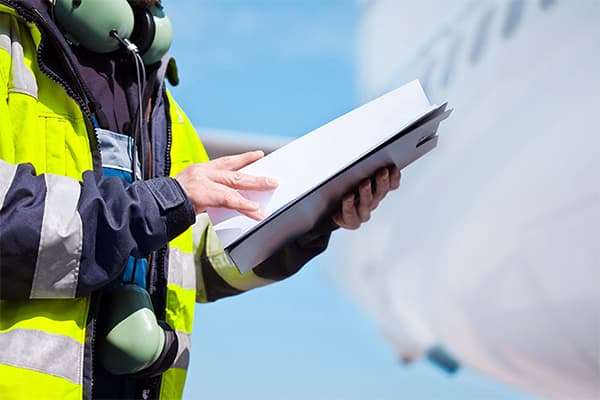Aviation Operations Training
Aviation Operations Training
Aviation Operations Training is a specialized program designed to prepare individuals for various ground-based and logistical roles within the aviation industry. This training focuses on the core operational processes that support the safe and timely movement of aircraft, passengers, cargo, and crew within airports and airlines.
- Understand the complete flow of airport and airline operations
- Learn international aviation regulations and safety protocols
- Develop operational decision-making and crisis management skills
- Train on documentation, logistics, communication, and coordination

Course Outline Includes:
Airport terminal operations
Airport Terminal Operations involve managing and coordinating all activities that occur inside the passenger terminal of an airport. These operations are critical for maintaining smooth flow, safety, and service for passengers from arrival to boarding (and vice versa for arrivals).
Terminal Operations Training
- Understand the structure and functions of an airport terminal
- Learn how to manage passenger flow and queue systems
- Ensure compliance with safety, security, and regulatory protocols
- Coordinate efficiently with various airport departments and airlines
- Handle irregular operations and emergency scenarios professionally
Passenger handling procedures
Passenger Handling Procedures refer to the standardized processes followed by airline and airport staff to manage passengers throughout their journey—starting from check-in and boarding to disembarkation and baggage claim. These procedures are essential for ensuring safety, compliance, customer satisfaction, and operational efficiency.
Passenger Handling
- Ensure accurate passenger documentation and identification
- Deliver timely, polite, and informed service to all travelers
- Maintain safety, security, and regulatory compliance
- Provide assistance to passengers with special needs (SSR)
Aviation safety protocols
Aviation Safety Protocols refer to the structured set of guidelines, rules, and standard operating procedures (SOPs) implemented across the aviation industry to prevent accidents, manage risks, and ensure the safety of all flight operations.
Aviation Safety Protocols
- Protect lives of passengers, crew, and personnel
- Prevent accidents and incidents in air and on ground
- Ensure compliance with national and international safety regulations
- Promote a safety-first culture across all aviation departments
Documentation and logistics
Documentation and logistics refer to the coordinated processes of managing, planning, and executing the transportation, storage, and handling of goods or passengers, along with the accurate preparation and verification of necessary paperwork.
Together, they ensure that:
- Shipments and passengers move safely, on time, and with all legal requirements met
- Records are maintained for tracking, accountability, and regulatory compliance
- Operational bottlenecks are minimized and efficiency is maximized
